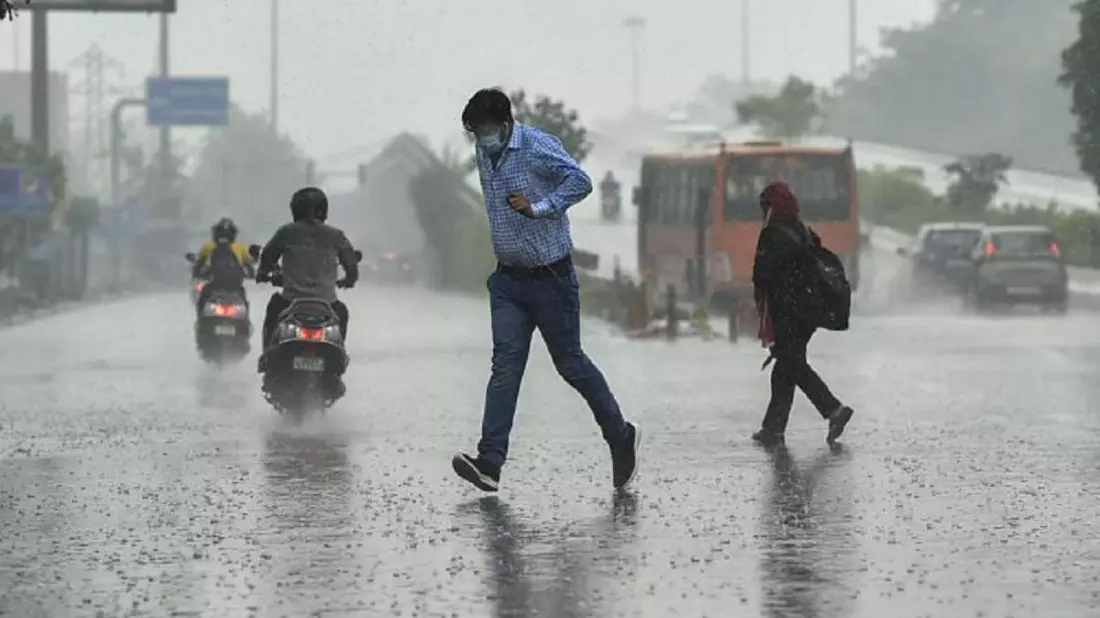
New Delhi, April 15 -- India can expect above-normal rainfall during the upcoming southwest monsoon season, according to the India Meteorological Department's (IMD) long-range forecast released on Tuesday. The prediction offers promising news for the country's agricultural sector amid ongoing heatwave conditions in several regions.
"India is likely to see above-normal rainfall in the four-month monsoon season (June to September), with cumulative rainfall estimated at 105 per cent (with a model error of 5 per cent) of the long-period average of 87 cm," said M Ravichandran, Secretary in the Earth Sciences Ministry, during a press conference.
The forecast indicates varied probabilities for different rainfall scenarios. IMD Director General Mrityunjay Mohapatra explained, "There is a 30 per cent chance of normal rainfall, a 33 per cent chance of above-normal rainfall, and a 26 per cent chance of excess precipitation during the monsoon season."
El Niño conditions, associated with below-normal monsoon rainfall in the Indian subcontinent, are unlikely to develop this time, he said.
The geographical distribution of rainfall is expected to be uneven across the country. While the core monsoon zone-including large parts of Madhya Pradesh, Rajasthan, Maharashtra, Odisha, Chhattisgarh, Uttar Pradesh, and West Bengal-is likely to receive normal to above-normal rainfall, certain regions face different prospects.
"Parts of Jammu and Kashmir, Ladakh, Tamil Nadu, Bihar and the northeastern states are likely to experience below-normal rainfall during the monsoon season," the forecast stated. Interestingly, the historically rain-deficient regions of Marathwada and adjoining Telangana are anticipated to witness above-normal precipitation this year.
The monsoon season, which officially runs from June 1 to September 30, is vital for India's economy. It supports the agricultural sector, which accounts for 18.2 per cent of the country's GDP and provides a livelihood to approximately 42.3 per cent of the population. Additionally, the seasonal rainfall is crucial for replenishing water reservoirs essential for drinking water supplies and power generation.
This positive forecast arrives as parts of India are battling extreme heat conditions, with a significantly high number of heatwave days expected between April and June. These conditions have raised concerns about potential strain on power grids and water shortages.
The IMD's prediction is based on three major climatic phenomena. Mohapatra noted, "ENSO-neutral conditions and neutral Indian Ocean Dipole conditions are predicted during the season. Also, the snow cover in the Northern Hemisphere and Eurasia is low." Of these global factors that influence India's monsoon, two will have a neutral impact, while one will positively influence rainfall patterns this year.
Climate scientists caution that even with normal cumulative rainfall predictions, the distribution may not be uniform in time and space across the country. They point to changing rainfall patterns associated with climate change, noting that "the number of rainy days is declining, while heavy rain events (more rain over a short period) are increasing, leading to frequent droughts and floods."
Published by HT Digital Content Services with permission from Millennium Post.
